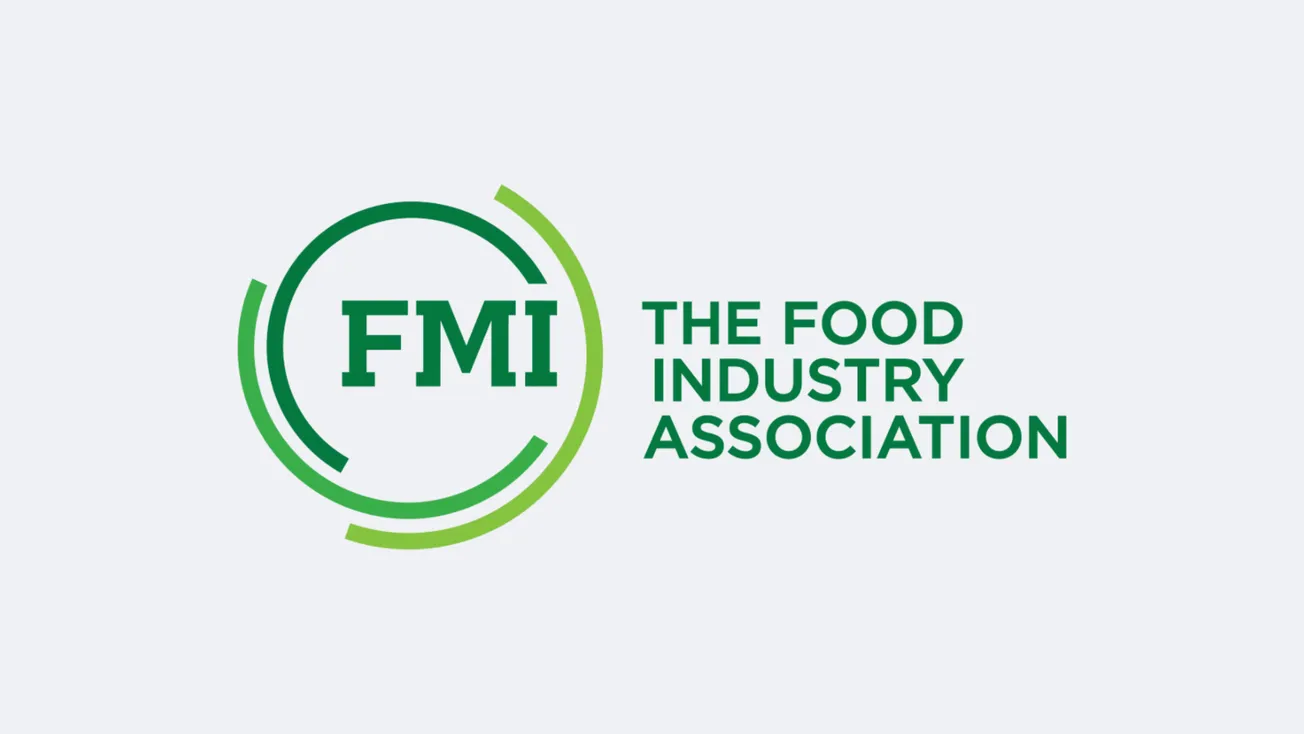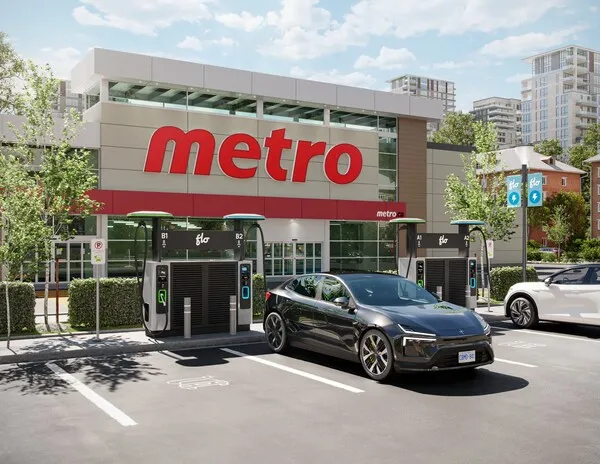CHICAGO — The circular or the app? The question goes to the heart of how grocers manage the enterprise, said Leslie Sarasin, Food Marketing Institute president and chief executive officer, in her keynote address at the recent FMI Connect annual convention.
The circular or the app? The question goes to the heart of how grocers manage the enterprise, said Leslie Sarasin, Food Marketing Institute president and chief executive officer, in her keynote address at the recent FMI Connect annual convention.
The circular epitomizes mass marketing; the app represents a personalized approach to doing business. Circulars are associated with the baby boomers, who dominate retailing in much the same way their preferences and needs dictate other aspects of American life. Mobile apps are the preferred way to reach members of the so-called Millennial generation, most of whom reached adulthood since 2000. While boomers and Millennials each account for about 24% of the U.S. population, Sarasin said, these populations could scarcely be more different.
"Some changes are coming in the marketplace, because many of our operating models — including displays and store layouts — are based on baby boomer behavior," Sarasin said. "The reality is, Millennials plan, shop and eat differently."
Millennials’ influence will only grow, Sarasin said, and food retailers need to prepare for the coming "shift in the deciding generation."
The generational shift is one of five "mega trends" Sarasin sees roiling the food retailing industry. The others are the shrinking middle class; the shifting of traditional gender roles; the propensity of consumers to shop across multiple food channels; and society’s growing focus on wellness.
Grocers pondering ways to bridge the generational divide confront difficult decisions, Sarasin said. Accommodate those who cherish their beloved circular or throw your energy into mobile apps? Dedicate the store to pleasing the pantry stocker or devote more space to satisfying the immediate-meal shopper?
"Of course, right now we’re being forced to choose ‘all of the above,’ and the danger of trying to go two different directions simultaneously is you can end of not doing either one very well," Sarasin said.
"Like us when we were in our 20s, [Millennials] have some ideas that challenge their elders, and they yearn to be heard and given their chance. We must listen to them," Sarasin said. "And like us when we were in our 20s, their habits, preferences and styles are getting shaped now."
But while bracing for the demographic shift, grocers must not ignore other technological, cultural and economic forces bearing down on their stores, she said. For instance, the shrinking of America’s middle class is undermining the mid-market strategy that has long been the grocery industry standard.
"Increasingly, in the diversification of shoppers, American consumers are choosing to either trade up or trade down," Sarasin said. The most successful retailers are shunning the one-size-fits-all approach and targeting either affluent consumers willing to pay more for premium, fresh and ready-to-eat food or the extreme value shopper driven to pinch pennies.
Over the past five years, half of the nation’s mid-market grocery retailers achieved, at best, moderate revenue growth, while the other half saw their sales decline, Sarasin said. Meanwhile, both upscale and value-driven operators notched gains in revenue, with about half seeing double-digit increases.
Since 2011, mid-market grocers have captured a smaller share of the market for 14 major product categories, including snacks, health and beauty products, frozen food, and household cleaners. Fresh-focused retailers have grabbed a bigger share of the market in all 14 categories, while value-focused stores increased their market share in eight of the categories and lost share in six.
"Success in food retailing has always been about location, location, and did I mention location? But now it’s also about knowing your location, being intimately acquainted with the demographic of your neighborhood, especially its economic leanings, because playing to the middle is increasingly a more difficult strategy to execute, one that may not work if you want to capture your ZIP code," Sarasin said. "And knowing whether to step up and become more specialized or become more value driven is a business decision best made by knowing your shopper population and your clientele’s pref — I started to say preferences, but it’s really about knowing your clientele’s needs, because their preferences may be a whole different matter."





